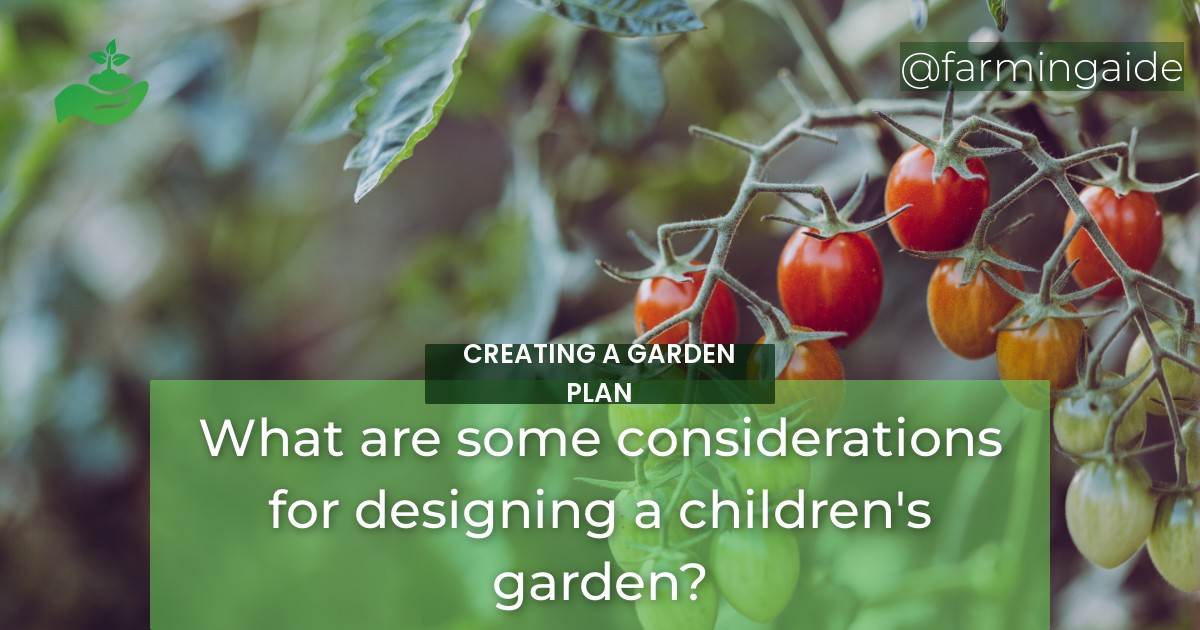Designing a children’s garden requires careful planning and consideration of several factors to create a safe, educational, and enjoyable environment for kids. A well-designed children’s garden can inspire them to learn about nature, develop their motor skills, and foster a love for gardening and sustainability. Here are some considerations for designing a children’s garden:
Factors to Consider
Safety
Safety is a top priority when designing a children’s garden. It is important to choose plants that are non-toxic and not harmful to children. Here are some ways to ensure safety:
- Research plants before choosing them for the garden
- Incorporate fencing and barriers to prevent children from entering dangerous areas
- Minimize hazards, such as sharp tools or poisonous plants
Educational Elements
A children’s garden can be a great opportunity to introduce kids to the wonders of nature and teach them about sustainable gardening practices. Here are some ways to incorporate educational elements:
- Create learning opportunities such as labeling plants and explaining their characteristics
- Introduce children to the basics of gardening, such as planting and watering
- Design a sustainable garden that teaches children about composting and reducing waste
Play Areas
Children’s gardens should also have areas for play and exploration. Here are some ways to create play areas:
- Design different areas for different age groups, such as a sandbox for younger children and a climbing structure for older children
- Incorporate outdoor play equipment like swings or balance beams
- Provide open space for children to run and play
Sensory Plants
Sensory plants are those that engage multiple senses, providing a rich sensory experience for children. Here are some ways to incorporate sensory plants:
- Choose plants that appeal to different senses, such as lavender for smell and lamb’s ear for touch
- Create a sensory garden with plants that stimulate different senses
- Incorporate plants that bloom in different seasons to provide year-round interest
What are some tips for designing a children’s garden in a limited space?
When designing a small space garden for children, consider using vertical planters to maximize space. Incorporate interactive elements like a small water feature or a sandbox. Choose colorful, low-maintenance plants and include a seating area for kids to relax and enjoy the garden.
Conclusion
Designing a children’s garden involves considering many factors to create a safe, educational, and playful environment. By incorporating these elements, you can create a garden that inspires kids to learn about nature and develop a love for gardening and sustainability.
RELATED ARTICLES:


